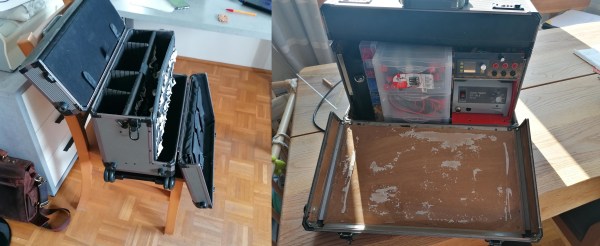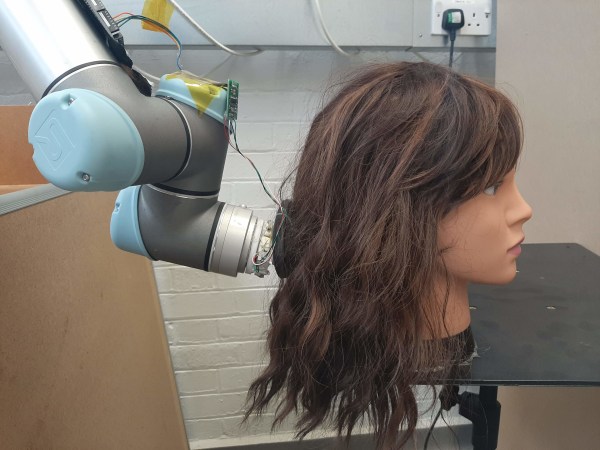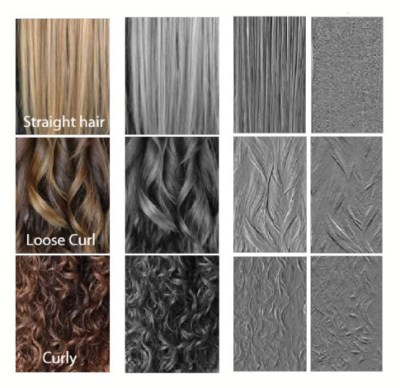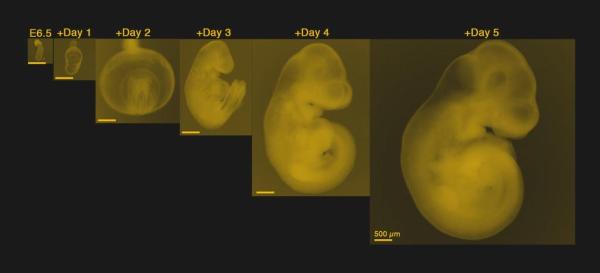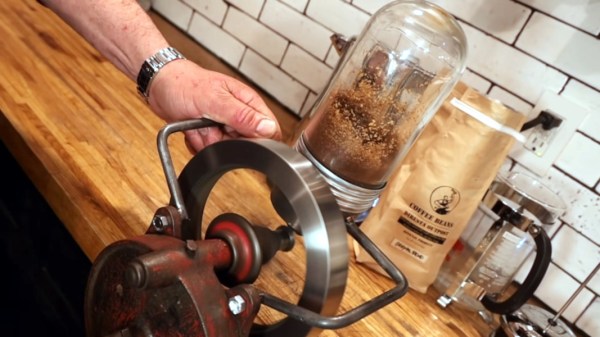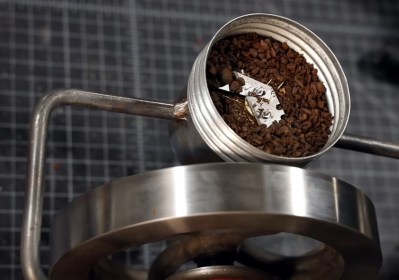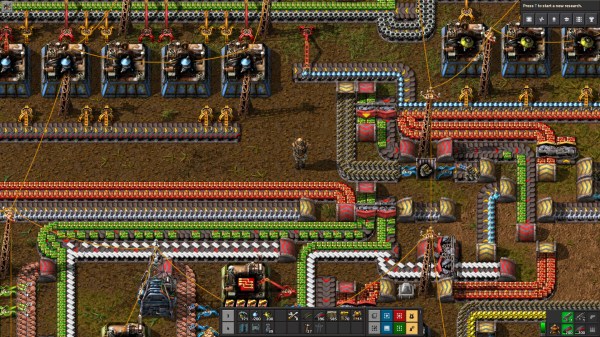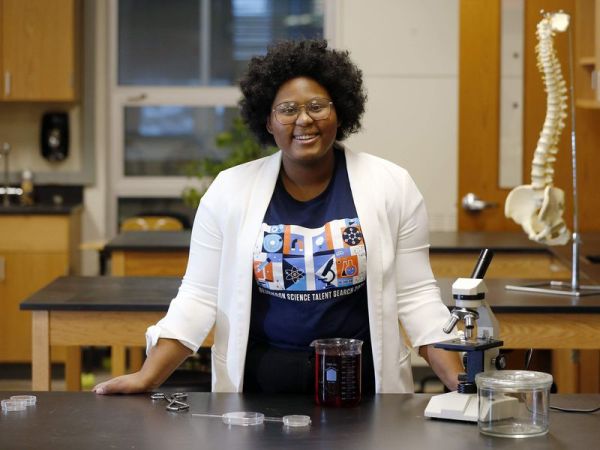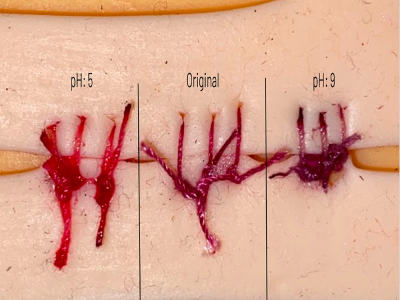Home is absolutely everything these days. Plenty of spaces around the abode have had to do double and triple duty as we navigate work, play, and everything in between. Although it’s been a great time to engage in hobbies and even find new ones, where exactly are we supposed put all the stuff that accumulates?
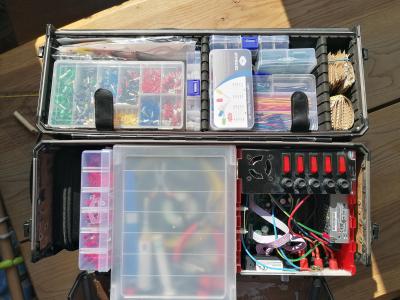 [Fabse89] needed a portable, usable solution for doing electronics work that could be easily packed away. They happened upon a tool case being thrown out, and repurposed it into a great one-stop solution for whenever the urge to play with pixies strikes.
[Fabse89] needed a portable, usable solution for doing electronics work that could be easily packed away. They happened upon a tool case being thrown out, and repurposed it into a great one-stop solution for whenever the urge to play with pixies strikes.
[Fabse89] started by stripping the box out to the bare walls and modeling the inside in Fusion360. Then they built and cut an acrylic insert that holds two power supplies and a soldering station. There are fixed 5 V and 12 V outputs on one power supply, plus a variable supply that maxes out at 48 V.
When it came to tool storage options, [Fabse89] got lucky with a small, seldom-used set of plastic drawers that fits perfectly next to the power station. These hold all the small tools like flush cutters, pliers, and a de-soldering pump. The top section of the case folds back and is the perfect place for component storage boxes. We think this is a tidy solution and especially like that you don’t have to dismantle it to use it — can be used with everything in place and packed up quickly. We also like that the front lid pulls down into a makeshift table, so this really could go anywhere with mains power.
Acrylic not rugged enough for your tastes? Here’s a DIY supply that doubles as a melee weapon.

